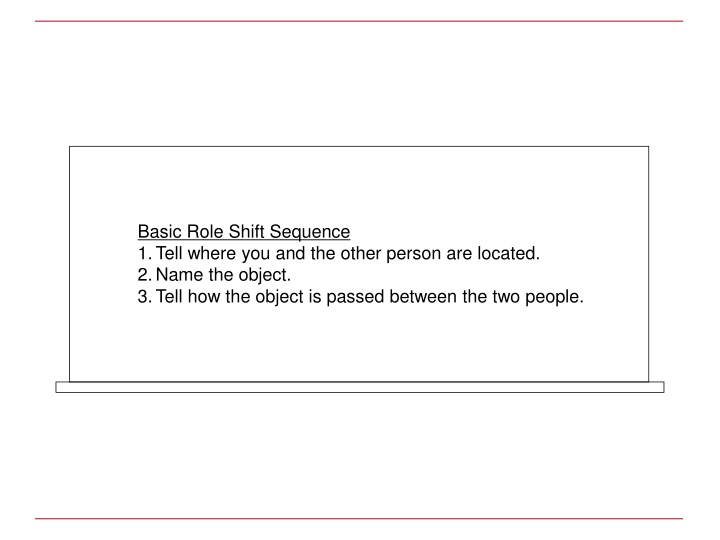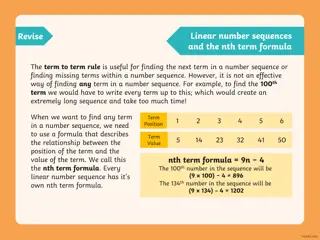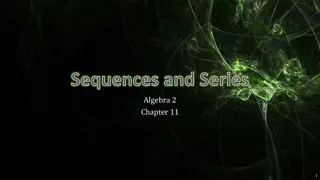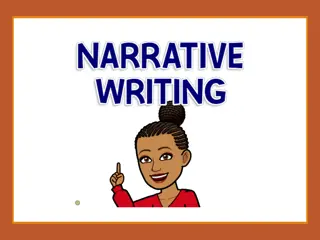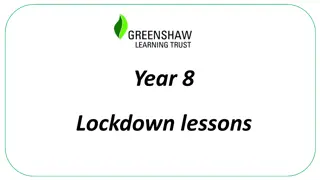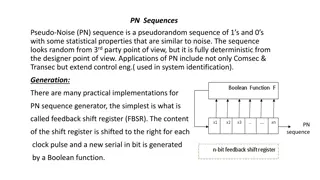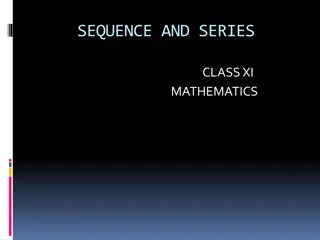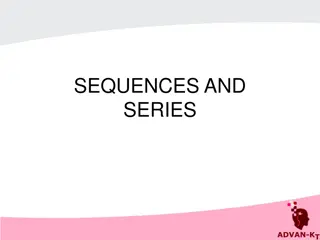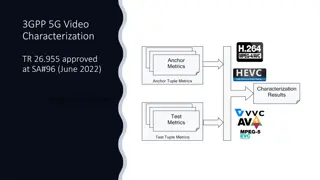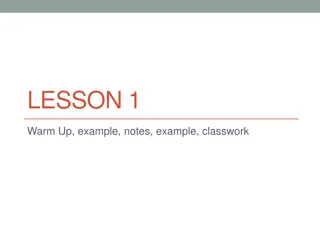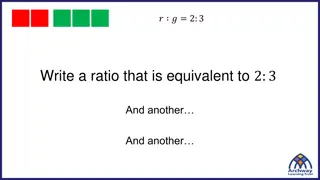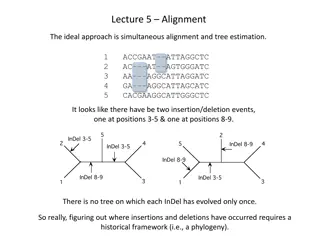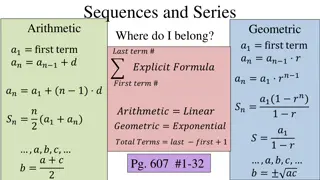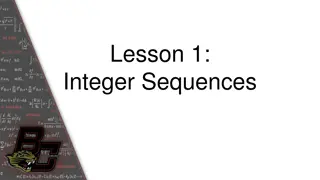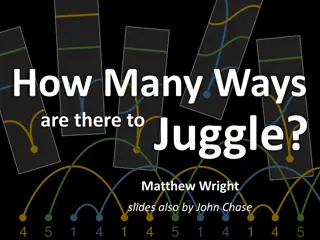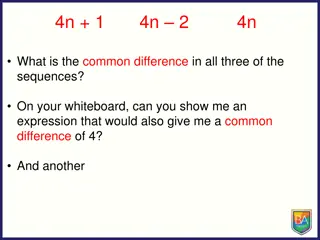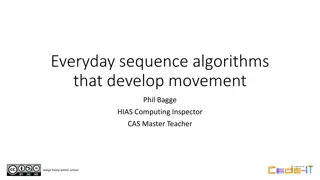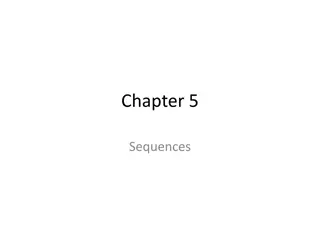Interactive Role-Shifting Narrative Sequences
Explore a collection of interactive narrative sequences focusing on role-shifting scenarios, falls, and trip/fall sequences. Discover various story elements like location descriptions, object passing, outcomes, and reactions. Engage with different scenarios to enhance storytelling skills and creativity.
Download Presentation

Please find below an Image/Link to download the presentation.
The content on the website is provided AS IS for your information and personal use only. It may not be sold, licensed, or shared on other websites without obtaining consent from the author.If you encounter any issues during the download, it is possible that the publisher has removed the file from their server.
You are allowed to download the files provided on this website for personal or commercial use, subject to the condition that they are used lawfully. All files are the property of their respective owners.
The content on the website is provided AS IS for your information and personal use only. It may not be sold, licensed, or shared on other websites without obtaining consent from the author.
E N D
Presentation Transcript
Basic Role Shift Sequence 1.Tell where you and the other person are located. 2.Name the object. 3.Tell how the object is passed between the two people.
Basic Role Shift Sequence 1. Tell where you and the other person are located. 2. Name object. 3. Tell how the object is passed between the two people. 4. Possible outcomes. a. person catches the object b. person drops the object c. person is hit by the object d. person sees the object just in time e. person is nearly hit by the object
Basic Role Shift Sequence 1.Tell where you and the other person are located. 2.Tell what the person is doing. 3.(Transition) Tell how the liquid is passed between the people. 4.Describe the result and the person's reaction.
Narrative Structure I. Introduction A. Simple background (tell who, where the event took place, when it happened) II. Body A. Describe situation leading up to what is about to happen Basic Roleshift Sequence to tell how it happened 1. Tell where you and the other person are located. 2. Tell what you or the other person is doing. 3. Tell how object/liquid is passed between the people. 4. Describe the outcome. B. III. Conclusion A. Simple comment (tell how you felt, what you learned or resolved to do in the future, etc.)
Kinds of Falls 1. fall forward (surprised, scared) 2. tumble (bumpy) 3. collapse (dizzy, faint, painful) 4. fall backwards (no control, surprised, scared) 5. fall sideways (painful, etc.) 6. slip (quick, slowly) 7. slide (very wet, painful) 8. dive, from high place (scared, excited) 9. dive feet first (excited, shocked) 10. being dragged (painful, puzzled) 11. fall on knees (stunned, painful, relieved) 12. fall on buttocks (sudden, painful, surprised) 13. fall through air (gracefully with confidence, scared) 14. dive forward (determined, hurriedly)
Trip/Fall Sequence 1. Describe kind of barrier/surface (LCL) 2. (Transition) Describe the fall (SCL:V + reaction) I tried to jump over the rail and fell. I didn t see the rope and tripped over it. I slipped on the icy pavement and fell backward. I tripped over a rock.
Trip/Fall Sequence 1. Describe kind of barrier/surface (LCL) 2. (Transition) Describe the fall (SCL:V + reaction) 3. Describe result of fall and/or comment on the incident
cut scratch broken bones puncture bruise swelling/lump burn cut off
T: (describes situation) (repeats above and adds info about type of injury) S1: repeats above and adds information about results how they feel, or what injury looks like) S2:
Basic Role ShiftInitiators View 1. Tell where the other person (receiver) is. 2. Tell how you touched the receiver. 3. Role shift receiver to complete the action. Basic Role Shift Receiver s View 1. Tell where the other person (initiator) is. 2. Tell how they touched you. 3. Show where you were touched.
Positions and Actions Positions stand facing each other stand or sit behind the other stand side by side stand in front of person who is looking to the right stand in front of person who is looking to the left Actions A pokes B in the stomach A pinches B s nose B gently pulls A s hair B grabs A by the back of the arm and moves A forward B slaps A s buttocks
Roleshift VariationsInitiators View Variation A Use Corresponding Gesture 1. Tell where the other person (receiver) is. 2. Tell how you touched the other person. 3. Use corresponding gesture (role shift to the receiver and use gesture in reaction to the touch).
Roleshift VariationsInitiators View Variation B Show Receiver s Response 1. Tell where the other person (receiver) is. 2. Tell how you touched the other person. 3. Show receiver s response (don t role shift to the receiver instead indicate that the receiver turned and looked at you and indicate the receiver s reaction on your face).
Roleshift VariationsInitiators View Variation C Show Receiver s Change in Position 1. Tell where the other person (receiver) is. 2. Tell how you touched the other person. 3. Show receiver s change in position (don t role shift to the receiver use SCL:V to show the changed position).
More Positions and Actions Positions A stands behind B A stands on B s left side, looking at B A and B stand facing each other Actions A pushes B, B falls down A jerks B toward A causing B to lose balance A tries to pinch B s nose, B avoids but falls down A pushes B down to a sitting position A lifts B up
Roleshift VariationsReceivers View Variation D Show How Initiator Touched You (without role shift). 1. Tell where the initiator is standing or how she approaches you (use SCL:1 approach ). 2. Show how the initiator touched you (while maintaining receiver s point of view). 3. Indicate your reaction.
Even More Positions and Actions A s positions/directions of approach A comes from behind (SCL:1) A comes up front (SCL:1) A comes from the side (SCL:1) A stands behind/front/side (SCL:bentV) A sits in front/behind/on side (SCL:bentV) A s actions on B A taps B s shoulder A kisses B (various locations on body) A slaps B s face. A punches B in the face (or arm, or stomach) A pinches B s arm A grabs B s shirt A pokes B on sides
